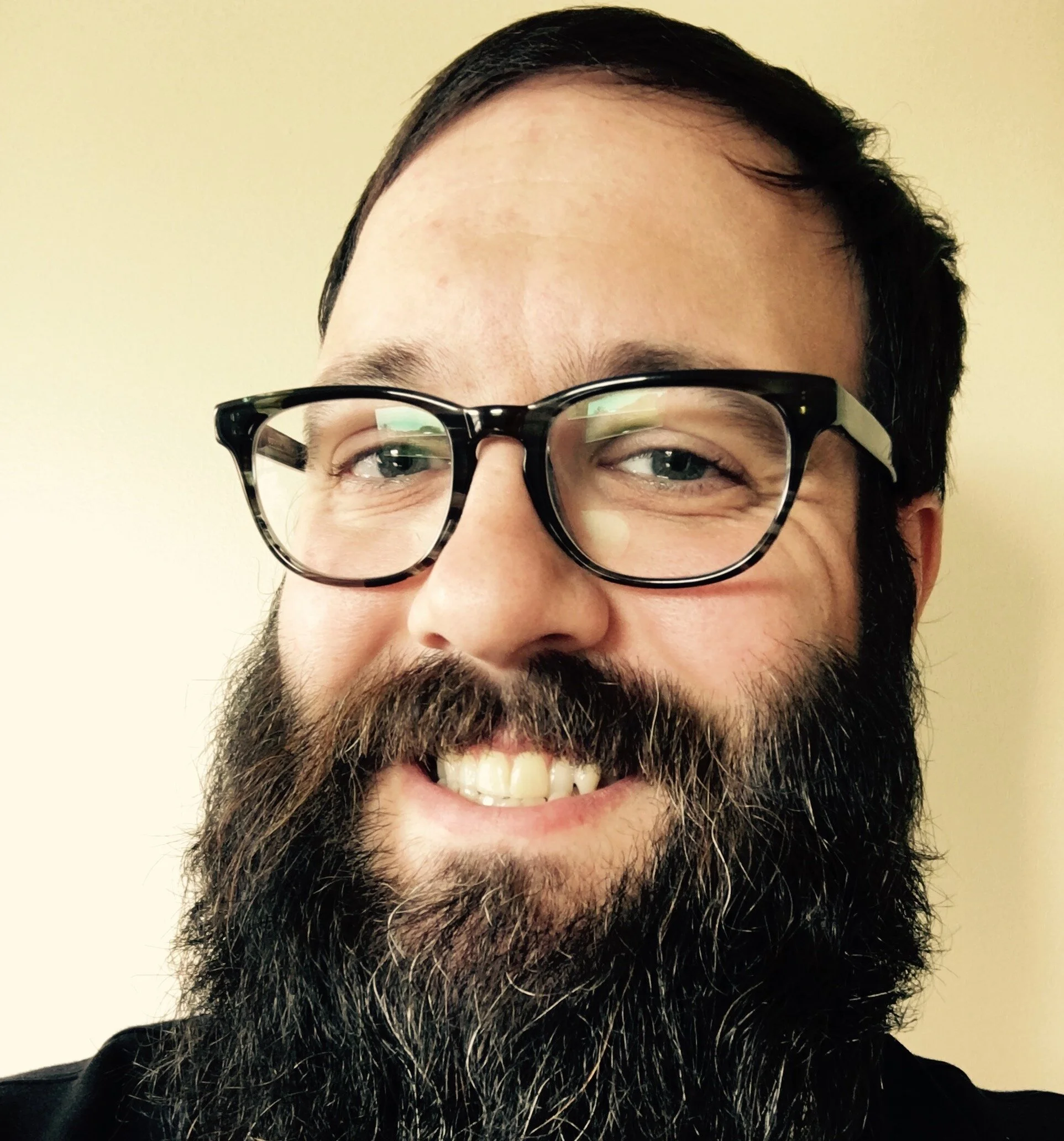Profile: Jason Gintert
Meet Jason Gintert. Chief Technology Officer and Co-Founder at WAN Dynamics.
Name: Jason Gintert
Job: Chief Technology Officer and Co-Founder, WAN Dynamics
City: Cleveland
Hometown: Edinboro, PA
Q: What do you do at WAN Dynamics?
We founded WAN Dynamics in order help organizations securely improve performance and add greater resilience to connectivity infrastructure for the modern, cloud-first world.
Back in 2016, it was pretty evident that the cloud was where most organizations would keep their data and applications but legacy networking models were causing a lot of problems for users. Utilizing tools like software defined wide area networking (SD-WAN), software automation platforms leveraging APIs and using cloud exchange services we have had a lot of success improving the quality of experience for users. We are experts in helping our customers adopt modern connectivity models for greater agility and better business outcomes.
I’m also a co-founder and president of the Ohio Networking User Group, an independent non-profit organization focused on collaboration between network engineers in Ohio.
Q: What’s a problem that you are working to solve?
Most networks have traditionally been very static and closed, changing very little in the past few decades. With the exploding popularity of cloud based applications that are very dynamic in nature, the network has had to adapt to service these workloads.
We are working on a platform that will use something called network functions virtualization (NFV) to make the network more dynamic and agile, moving key network components (routers, firewalls, load balancers, etc) from branch offices to datacenter to cloud on demand and based on performance. We also leverage something called “service chaining” to tie these network components together in a new way to facilitate things like secure network segmentation and lowering latency.
Also important is the monitoring of this infrastructure to be sure performance goals are being met and if they aren’t, tuning the network then validating the changes so streaming telemetry will be tied in for that as well. Much of this we have created using open source software on our own programming and automation framework.
Q: What’s a lesson you’ve learned that has helped shaped your work?
The network of people that you choose to interact with and how you interact with them is crucial to success. You can’t expect to work in a bubble by yourself and really get anywhere. It is so important to share information and give selflessly to those within your circle of influence.
Q: What’s a trend in technology or innovation that you believe doesn’t get enough attention?
Inexpensive global internet access from space is coming and will make it possible for those who do not access finally able to connect. SpaceX has been working on one such network by building a low earth orbit (LEO) satellite cluster in space called Starlink which will upon completion, will provide Internet access nearly anywhere in the world for a very low cost. I think this will absolutely be disruptive once they start servicing North America later this year.
The network will facilitate low latency Internet access anywhere that can communicate with one of the over 30,000 satellites they have planned. Currently, there are 422 satellites that will begin servicing the Northern US and Canada by August this year. As of 2019, it’s estimated that 86% of the world has access to internet connectivity, so Starlink has potential to close the gap to make Internet access where terrain or lack of facilities prevent access.
Q: What’s one moonshot idea that could help make Ohio a world leader in technology and innovation?
I would like to see a concerted focus on low or no cost programs for retraining of displaced workers from shrinking or obsoleted industries to prepare them to work in technology. We could be training workers from shuddered manufacturing plants to work with automation and robotics that are leveraged in places like Amazon warehouses or datacenters.
For the initiated, enable them by teaching logic, programming and about IT systems. There is such a personnel resource shortage in IT, free programs that find ways to fill these gaps by adapting those out of work would help many find lucrative and safe careers within information work.
Q: What’s a recent book, podcast or news story that you found interesting?
I frequently enjoy the Packet Pushers Podcast (also have been fortunate to be a guest a time or two) who recently discussed the impact of the SARS-CoV2/COVID-19 outbreak on the Internet. With the distribution of usage due to work and schooling from home, the traffic patterns have changed dramatically. Neil McRae from British Telecom and Dave Temkin from Netflix break down how the global Internet has changed.
Q: What's your favorite place in Ohio?
The deck in my backyard. I do not feel a greater sense of peace and tranquility than I do when overlooking our woods from my deck. I have been enjoying it more than ever during lockdown.
Q: What makes Ohio special to you?
I’ve been in Ohio for 25 years and there’s no place else that I’d really rather be. I found love, I started a family and I’ve been very successful in my chosen industry, all right here in Ohio. I was born in Houston Texas and raised in western Pennsylvania but I will always consider Ohio my true home.
Connect with Jason on LinkedIn.

